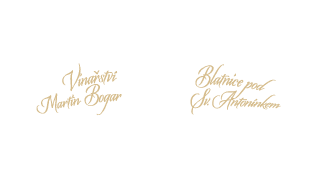Winery Martin Bogar
Blatnice pod Svatým Antonínkem
Our winery follows up on a centuries-old tradition of vine growing and wine production in Blatnice pod Svatym Antoninkem. In the wine production we respect the procedures of our ancestors, while using grapes from our local vineyards „Kamenice“ and „Stará Hora“ situated on southern slopes of Saint Anthony’s Hill.
Pinot Blanc 2018
- acid content 6 g/l
- alcohol content 12% vol
- sugar at harvest 26,5° Bx
- vineyard track: Kamenice
Our most valuable wine with a harmoniously balanced extract, minerality and acidity. The aroma is very pronounced, flowery with hazelnut and bread crust. The combination of a robust sweet taste and a pleasant acidity with the aftertaste of red orange will be a great companion for special moments.
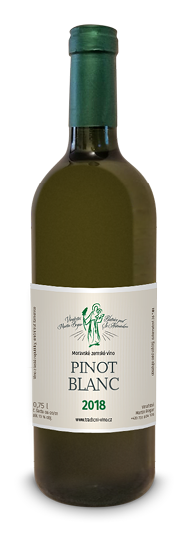
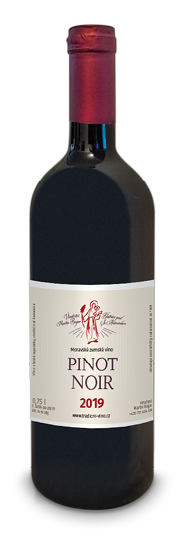
Pinot Noir 2019
- acid content 5 g/l
- alcohol content 14% vol
- sugar at harvest 26,5° Bx
- vineyard track: Kamenice
Pinot noir is rightly referred to as a queen of red wines. This wine is deep ruby in color, the bouquet is dominated by violet and red fruit. The taste is smooth, creamy with a bitter aftertaste of wild blackthorns.
Methods of winemaking
Intensive winemaking
Some inexpensive wines are produced by an intensive method. A vine grower is able to influence a size of a yield by the style of grapevines pruning and here the yields can reach 10-15 kg of grapes per a head (head = vine bush). Plenty of sunshine, artificial irrigation and fertilizers allow them to ripen, but roots in such amounts of crop are not able to provide the necessary supply of minerals. Those grapes are lower quality and the wine lacks extract substances. Intensive depletion of nutrients from the soil limits the life of such vineyards to about twenty years and then the vineyards die. The landscape remains depleted with saline soil from irrigation and fertilizers. The vineyards are then established a little further and this process is repeated. Obviously, this intensive method of winemaking has no price competition.
Extensive (sustainable) winemaking
This way of maintaining a landscape is traditional in our country (as well as in France). It is verified by practice that a healthy shrub can give the highest quality crops only if it does not feed more than 3 kg of grapes. Many very old, even centuries-old shrubs are no exception with a vineyard managed this way. Their roots reach great depths and enrich our wine with minerals in large concentration. The wines from such vineyards are spicy, with a rich bouquet and full flavor. Taking into account that there are also barren years here or part of the crop is damaged by mold or other natural influences, then there is often not even half a kg of grapes from the shrub. However, the amount of work that is necessary in the vineyard must not be any less in such a year, because the vine bushes bear grapes only on two-year-old wood and the work of the winemaker will be reflected in the harvest next year.
Although extensive winery cannot compete on price with the intensive one, our traditional method offers non-uniform wines with a special character typical of their region.
Blatnice pod Svatým Antonínkem
Thanks to an ideal composition of a soil, which is extremely suitable for growing vines, as well as their unique location, it bears very high quality grapes and therefore these wine routes are among the best in our country. Saint Anthony’s Hill is situated on the edge of the White Carpathians mountains and its southern slopes are opened into a beautiful wide flat landscape around the Morava River. A suitable terrain relief causes a collision of two streams of warm hairdryer southern winds, which collide into the vineyards’ slopes and thus create an ideal microclimate for grape ripening.
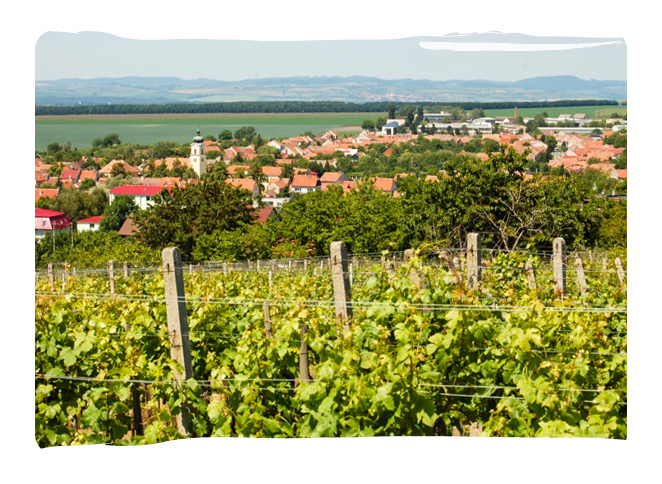
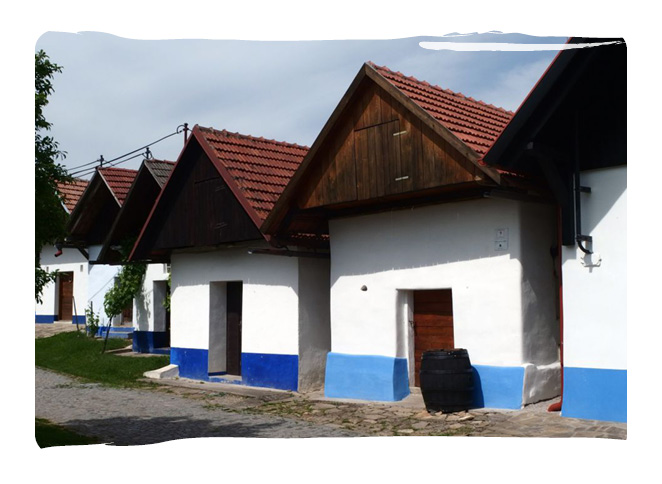
A settlement positioned in today’s Blatnice pod Svatym Antoninkem was founded in the middle of the 11th century. Two centuries later, it was already an important wine center and its wine used to be exported to the Prague castle. The ancient origins of local wine cellars can be deduced from oral tradition as well as written documents. During the pre-White Mountain period, one of the vineyards in Blatnice was owned by the family of John Amos Comenius, and documents from the 17th century confirm the ownership of wine cellars by rich burghers from Uherský Brod and Uherské Hradiště. In 1880 Prince John II. from Lichtenstein won a gold medal for wine from Blatnice at the International Wine Exhibition in Paris.
Wine consumption
Never drink wine from a full glass – you would be deprived of the pleasure of releasing a wonderful wine aroma. Wine glasses should be a cauldron shape and slightly tapered at the top. The wine is poured into a maximum of one third of the glass, the rest of the space must be left to develop the bouquet. A glass of wine is a noble drink, it should not be drunk in a hurry, it should be enjoyed slowly. This whole consumption is done inconspicuously, cultivated and with respect.
Many people have experience with wine containing added chemical substances. These preparations are unnatural to the wine, but are added to the wine for its beautification and stability. It is this added chemistry that often causes health problems such as heartburn, headache, reddening of the skin and other. Therefore, some sensitive consumers rather stop drinking wine completely.
Wine is one of the most hygienic drinks, because wine yeast reliably destroys any competition from other bacteria. Its composition and content of trace elements, which are pumped by the vine’s roots from a depth of over thirty meters, is very suitable both for the health of the body and the joy of the mind.
